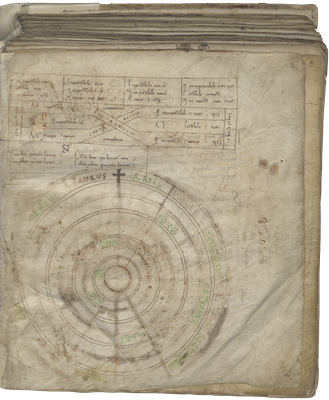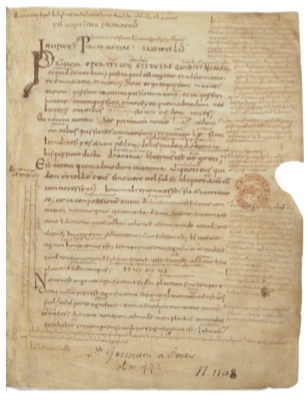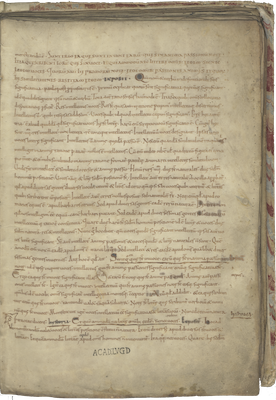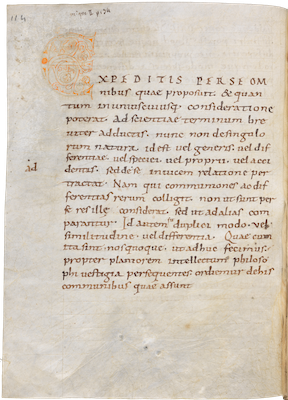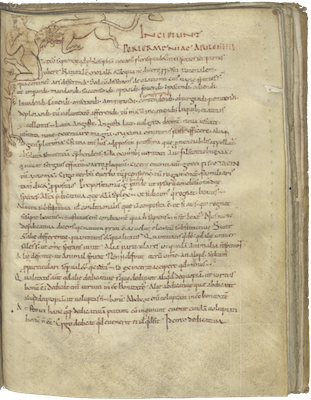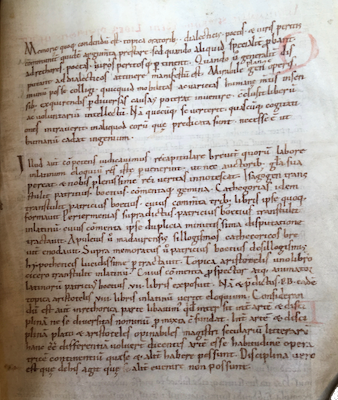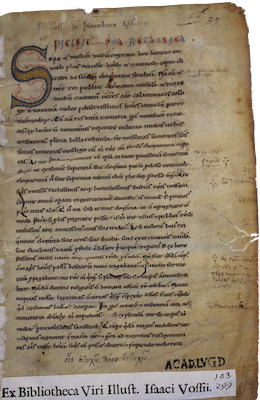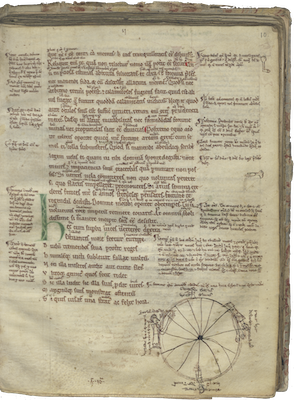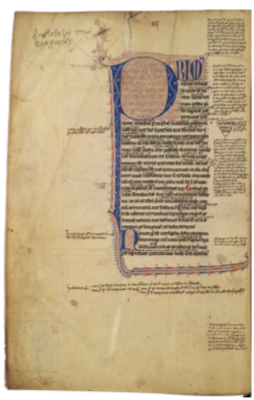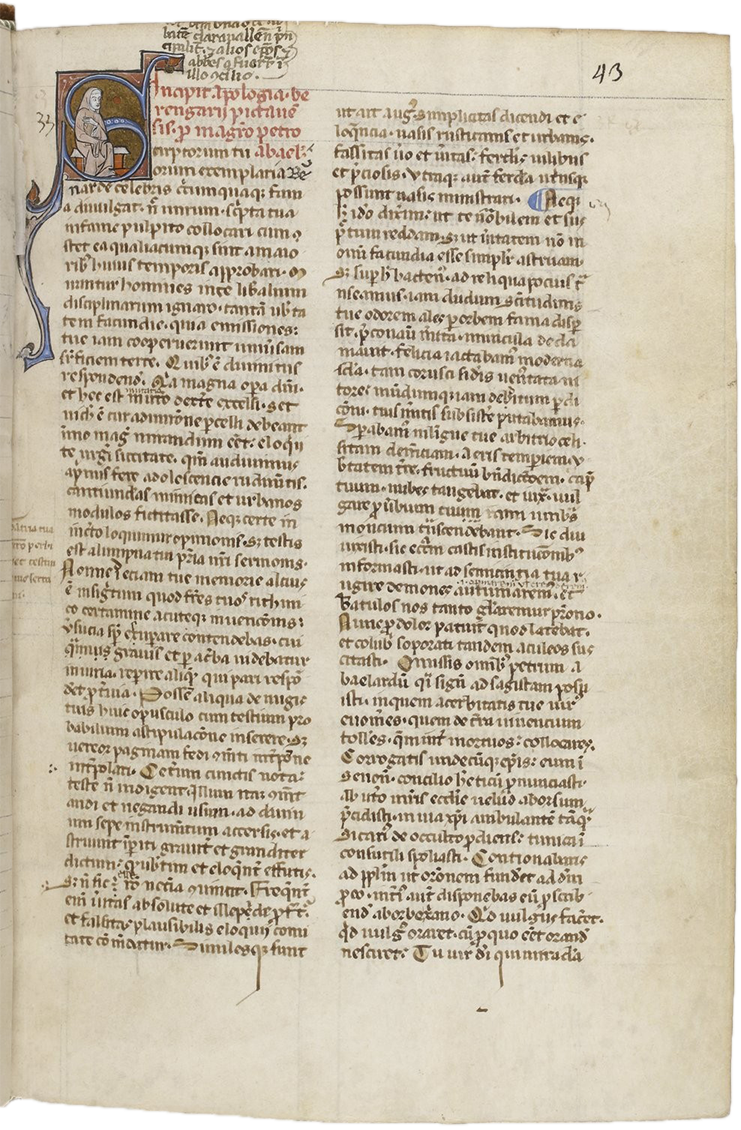Manuscripts
The manuscripts speak for themselves1
Manuscripts are books written by hand (manu-scriptum), and the very fact that they are written by hand makes them fundamentally different from printed books. Each book is the result of a vast number of individual decisions, reflecting the time and circumstance of the maker and/or commissioner of the book: its style and format, its content, its execution, etcetera.2
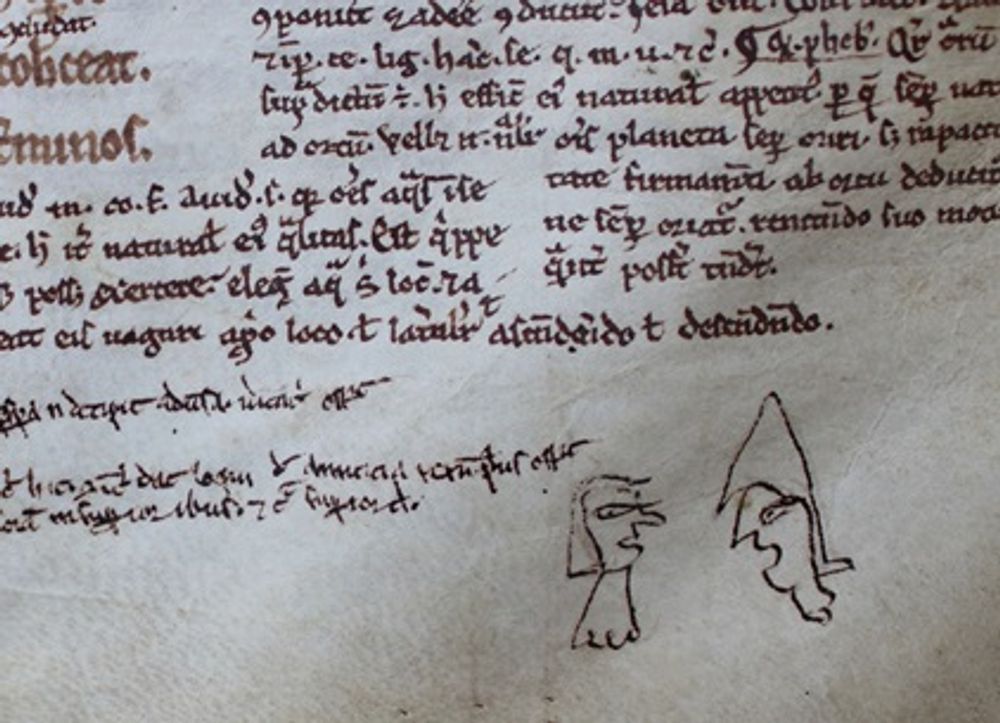
http://hdl.handle.net/1887.1/item:2356986
In scholarly books (books produced for schools, private study or specifically for use at medieval universities) the imprint of the user of a book is often very recognisable: the page offers ample space for notes that can be added to the text, and these notes are rich sources of information of how texts were read, used and processed by their readers. They reveal the ways in which texts were used and worked with.
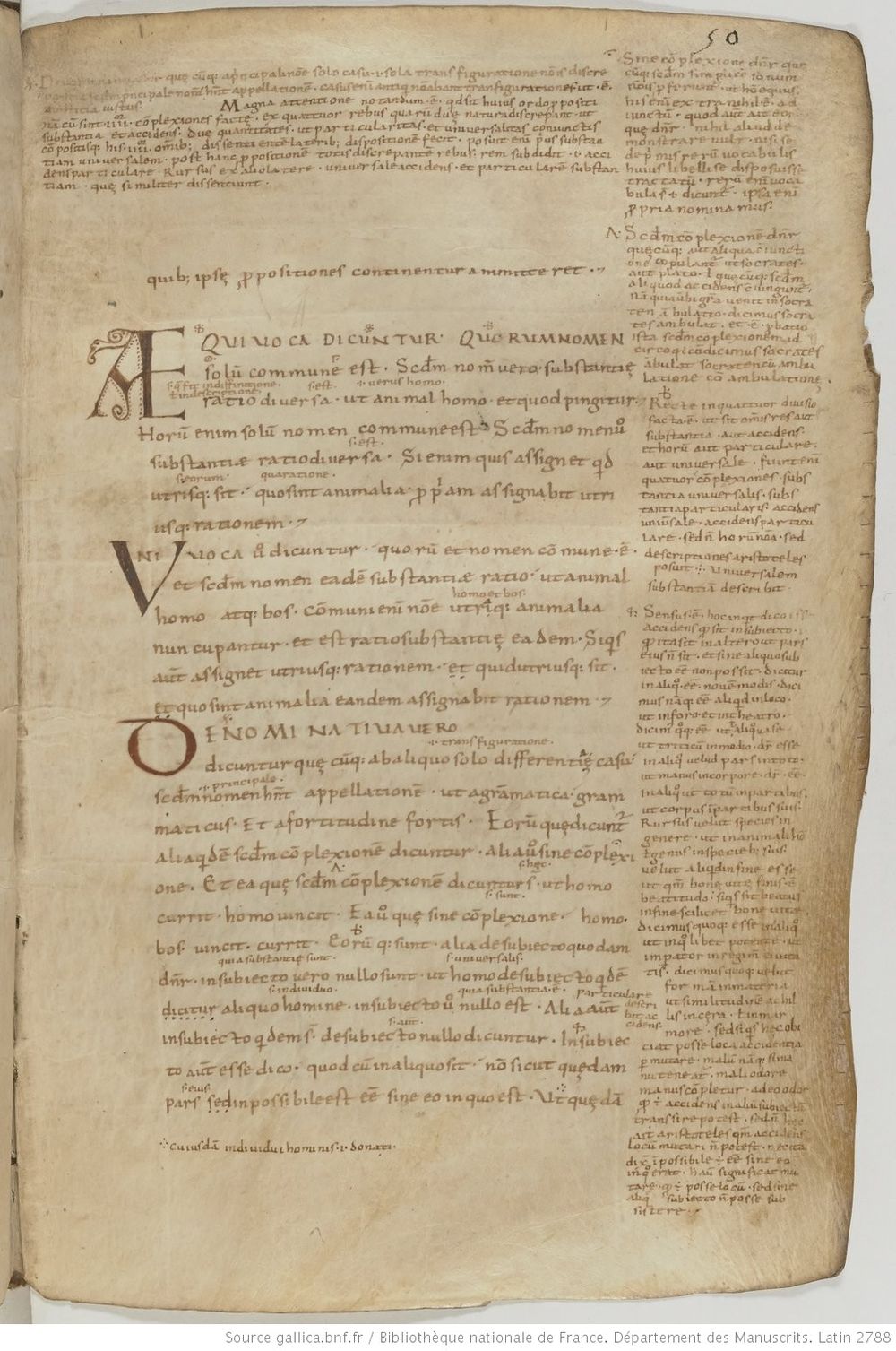

https://gallica.bnf.fr/ark:/12148/btv1b10541978h
For this site, The art of reasoning in medieval manuscripts, we chose 14 manuscripts, spread across the medieval period and made in different parts of medieval Europe, to illustrate the techniques of medieval reading and studying. All of them have texts that were used in the study of rhetoric (the art of public speaking) and dialectic (the art of logical argumentation), because these two disciplines together were essential for the art of reasoning.
The examples are random in the sense that we did not strive for a selection of the most important, oldest or prettiest examples: rather we chose them because they convey the story of how medieval readers made sense of their texts and how they used them to develop their own methods of reasoning.

https://medievalbooks.nl/2015/12/11/to-conserve-or-not-to-conserve-that-is-the-question/
For each manuscript we take you on a journey through its interesting features and curious details. They are manuscript portraits: annotated sketches of the manuscripts’ contents, characters and historical contexts. At the end of each journey, we have a fact-sheet: an overview with the date and place of the manuscript, its size and content as it is available in modern scholarship.
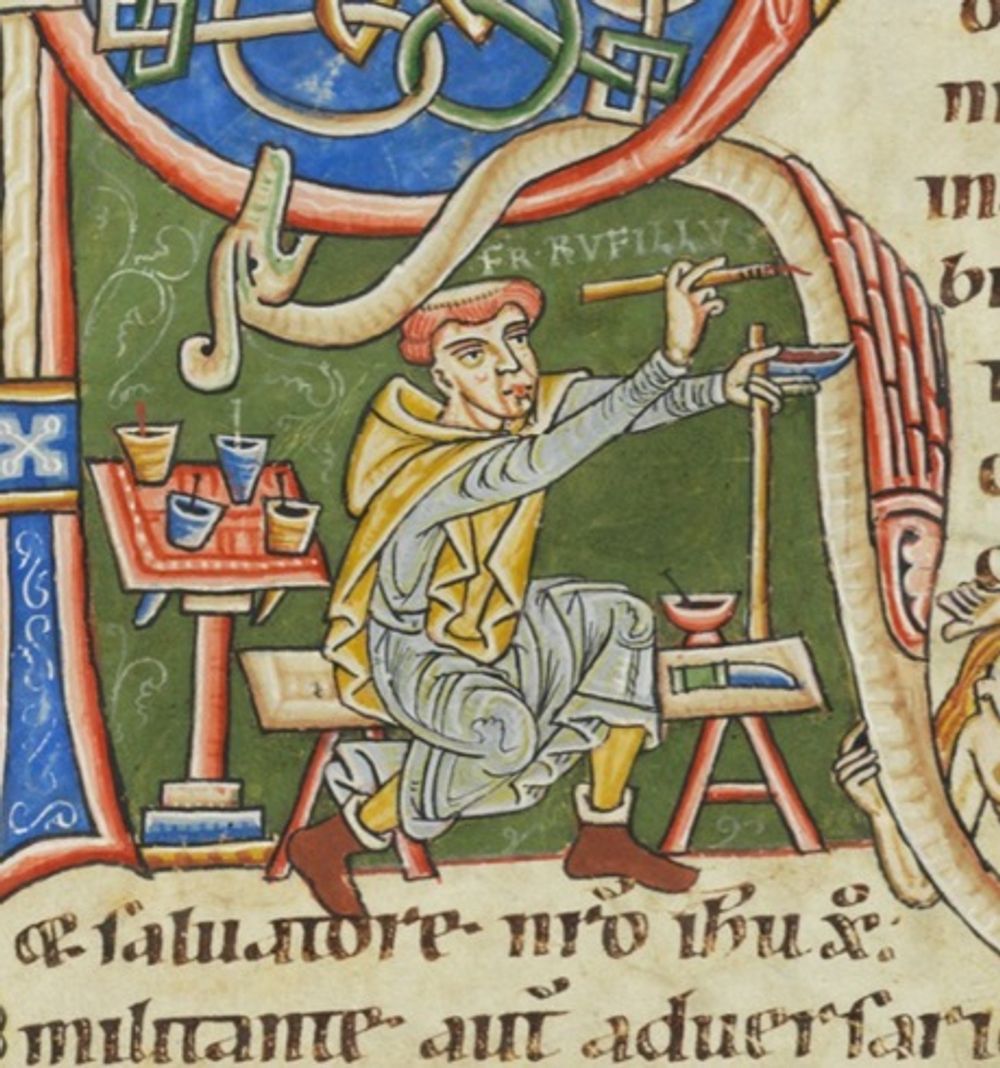
https://www.e-codices.unifr.ch/en/list/one/fmb/cb-0127
The manuscripts are presented here in chronological order. We also offer a map of Europe, on which the places or regions where the manuscripts were made are marked. Each manuscript also features in one or more of the themes of this exhibition. So each manuscript can be explored by itself, but also offers side-paths to other stories in the exhibition.

http://www.goughmap.org
Cite as, Mariken Teeuwen, “Manuscripts”, The art of reasoning in medieval manuscripts (Dec 2020), https://art-of-reasoning.huygens.knaw.nl/manuscripts. ↑
Kwakkel, E. (2015). Decoding the material book: Cultural residue in medieval manuscripts. In M. Johnston & M. Van Dussen (Eds.), The Medieval Manuscript Book: Cultural Approaches (Cambridge Studies in Medieval Literature, pp. 60-76). Cambridge: Cambridge University Press. doi:10.1017/CBO9781107588851.004 ↑

